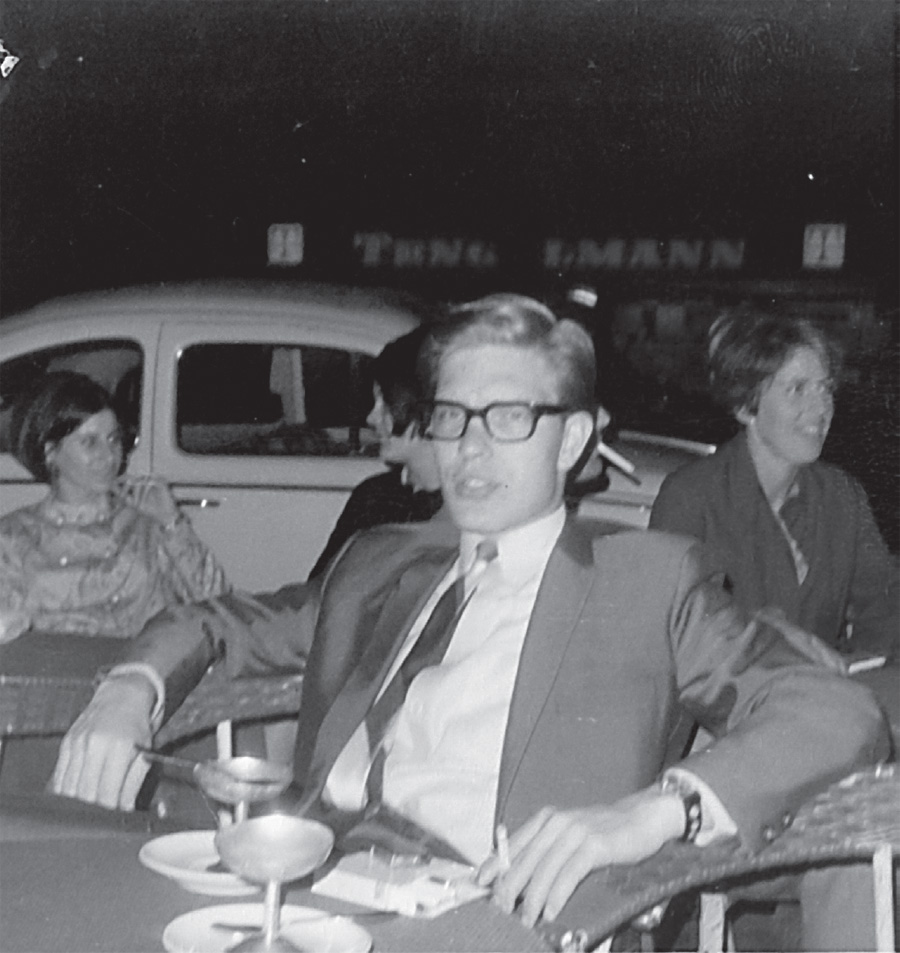A Note on Sources, Research, and Historical Veracity
Alan Bean, who left this planet again in 2018, was deeply generous with what he saw on the moon. My phone calls with him, speaking about color and sound, as well as life after the Apollo program, were a highlight not only of my research, but my life.
Sam Fordyce, who worked as engineer at NASA Headquarters Office of Manned Space Flight during the Apollo program, gave me great insight into that environment and the personalities that ruled it. For this interview, and his grace in welcoming me in, I am indebted.
Roger Hobler, at the Petaluma Pilot Training Center, taught me what I know about flying.
In certain cases, primary sources have been positioned here as fiction. Because these materials have entered the public domain and because they are the voices of the people who lived through this moment in history, I opted not to bring my own twenty-first-century imagination to their paraphrasing. The transcript of the Apollo 1 launchpad fire that killed Gus Grissom, Ed White, and Roger Chaffee on January 27, 1967, is used here, verbatim, in service of the fire that kills the fictional astronaut Sam Bisson in the fictional Apollo 1. Likewise, the letter drafted by the review committee of that incident finds direct use here. Pieces of the transcript of the Apollo 11 mission were also used in service of the fictional Apollo 11 mission, though departures in that case are significant.
Touring the jungle with Remigio “Casi Guapo” Grefa, of the Napo Wildlife Center in Yasuni National Park, was an education.
The memoranda of the Weathermen—who became the Weather Underground—inspired the memoranda of the fictional political collective on these pages; certain elements of their practices, ideas and misfortunes correspond with those of Shelter. Though it will be obvious to anyone familiar with that group’s history that their trajectory is not mirrored here, it feels important to clarify that mimesis of their actions was not my intention. The Weatherpeople’s writings, as collected in Sing a Battle Song, edited by Bernardine Dohrn, Bill Ayers, and Jeff Jones, were deeply helpful in my early thinking about this project, as was the 1970 journalistic investigation into Diana Oughton’s life and death by Lucinda Franks and Thomas Powers.
The fictional protest image Wright describes in a letter to Vincent is, of course, in tribute to Bernie Boston’s 1967 photograph Flower Power.
Mention of a demonstration at the fictional Apollo 11 launch refers directly to that organized by the civil rights leader Ralph Abernathy against the launch of Apollo 11. Protesters also met Apollo 11 goodwill tour stops at the University of Brasilia in Brazil, and in Montevideo, Uruguay; during a GSO tour, a GI reportedly asked Neil Armstrong why the U.S. was “so interested in the moon instead of the conflict in Vietnam.” These pieces of research, many drawn from James R. Hansen’s First Man, allowed me to comfortably imagine factually divergent instances of dissent. In terms of the Mercury, Apollo, Gemini, and Space Shuttle programs, I have tried to remain generally faithful to the milestones and trajectories as they really happened, and when.
Other books that served me greatly during the years I spent with this project include Andrew Chaikin’s A Man on the Moon; Charles DeBenedetti’s An American Ordeal; Randy Shilts’s And the Band Played On; Gabriel Rotello’s Sexual Ecology; Gloria Emerson’s Winners & Losers; Frances FitzGerald’s The Fire in the Lake; The Sixties Papers, edited by Judith Clavir Albert and Stewart Edward Albert; and, of course, the poems and letters in Daniel Berrigan’s America Is Hard to Find.
Pancho Barnes’s Happy Bottom Riding Club, which burned in 1953, served as inspiration for Charlie’s bar.
Conversations with Dean McArthur, MSW, helped me write about gay male sex and culture.
Finally, the reportage, correspondence, and journals of my father, David Lee Alcott (1941–2004), were a crucial introduction to my writing about the era. The light coming off my mother, Carolyn Power Alcott (1953–2013), who escaped her cul-de-sac in a Volkswagen and a few lives after that in as spectacular a manner, is at the center of this novel. “I want to be expanding gas, not shrinking solid,” my father wrote once—and so he and my mother became.

